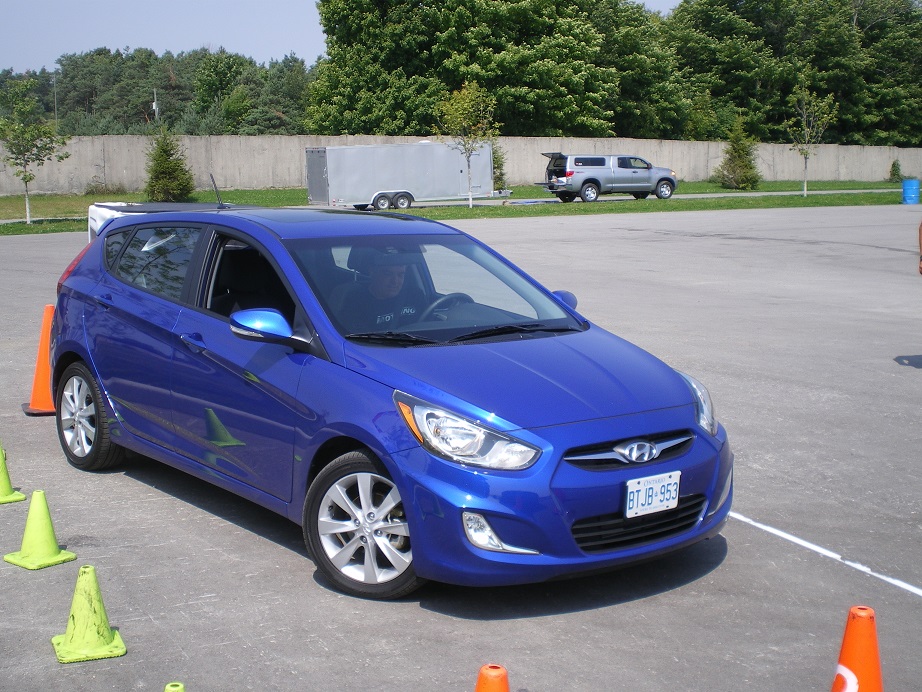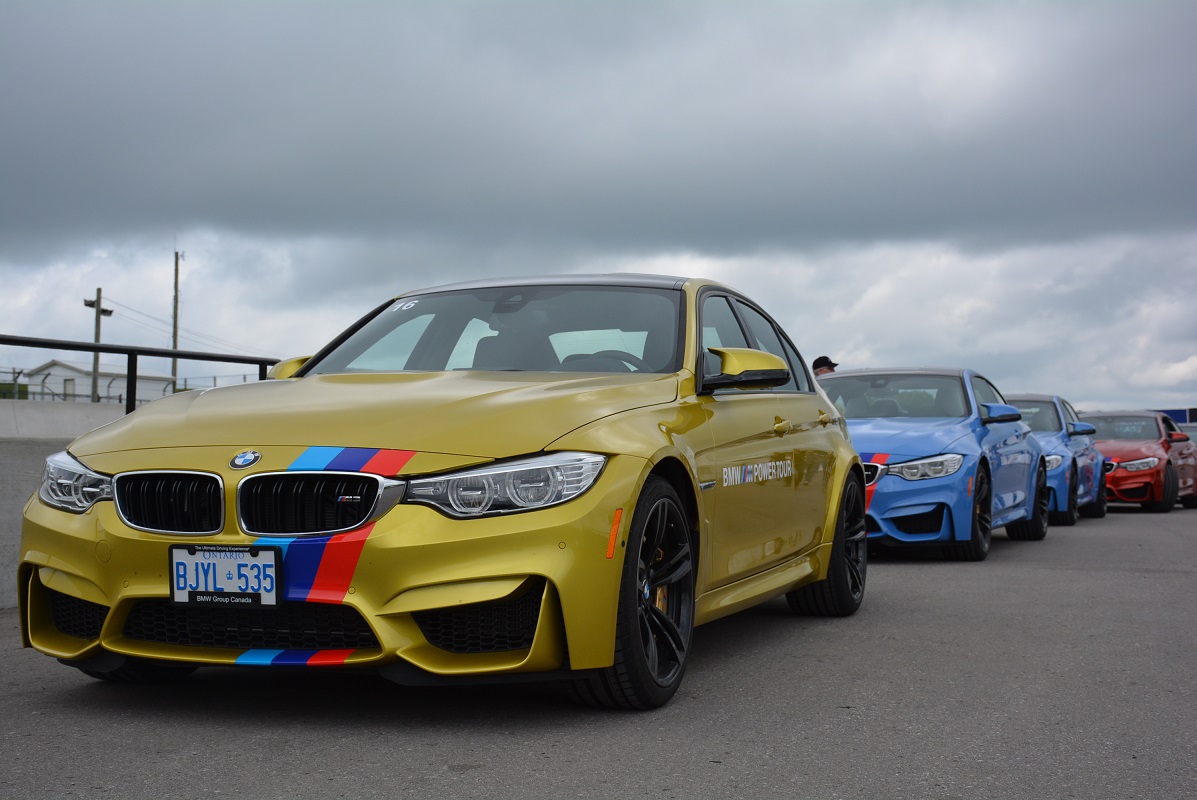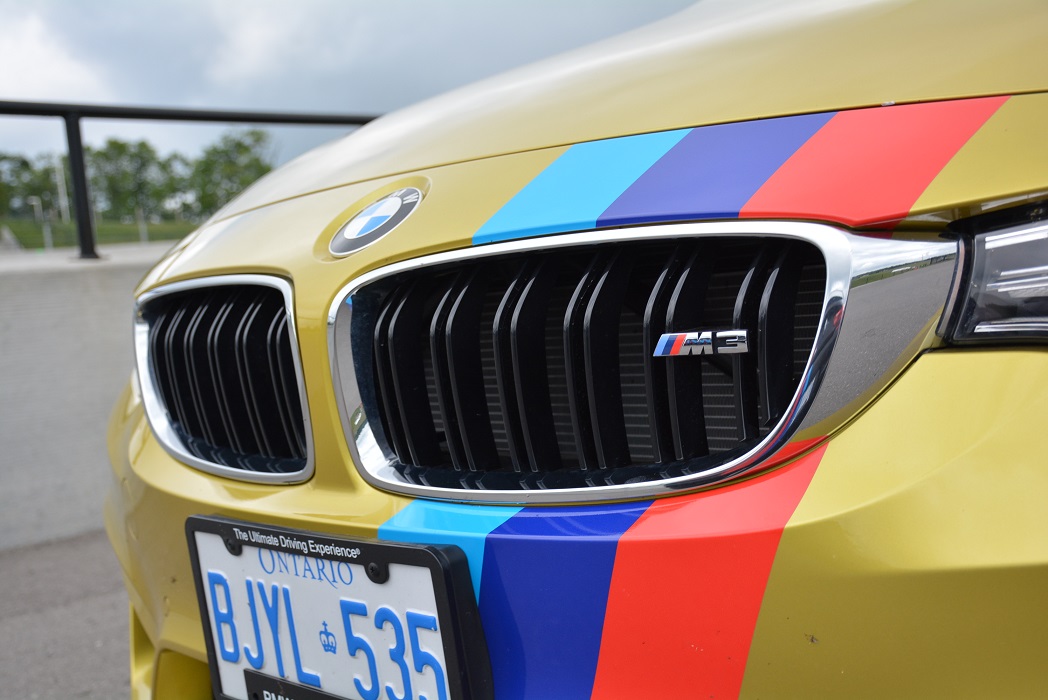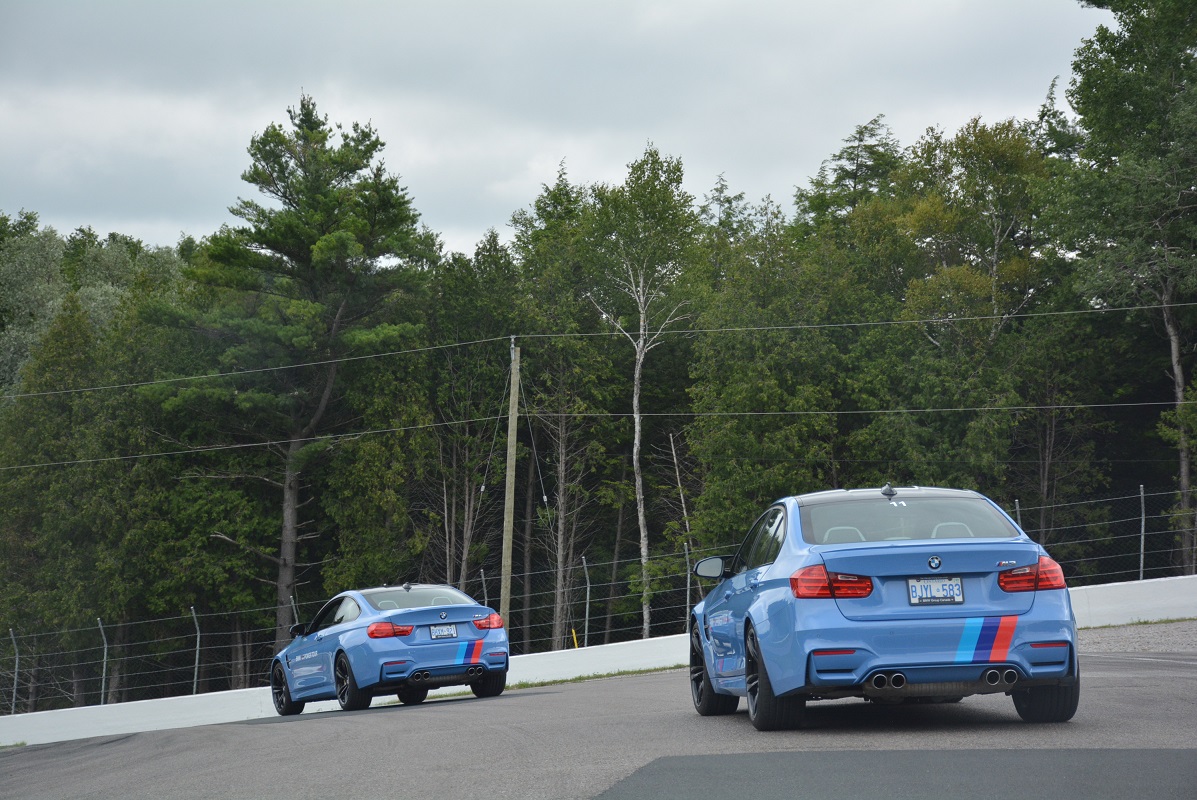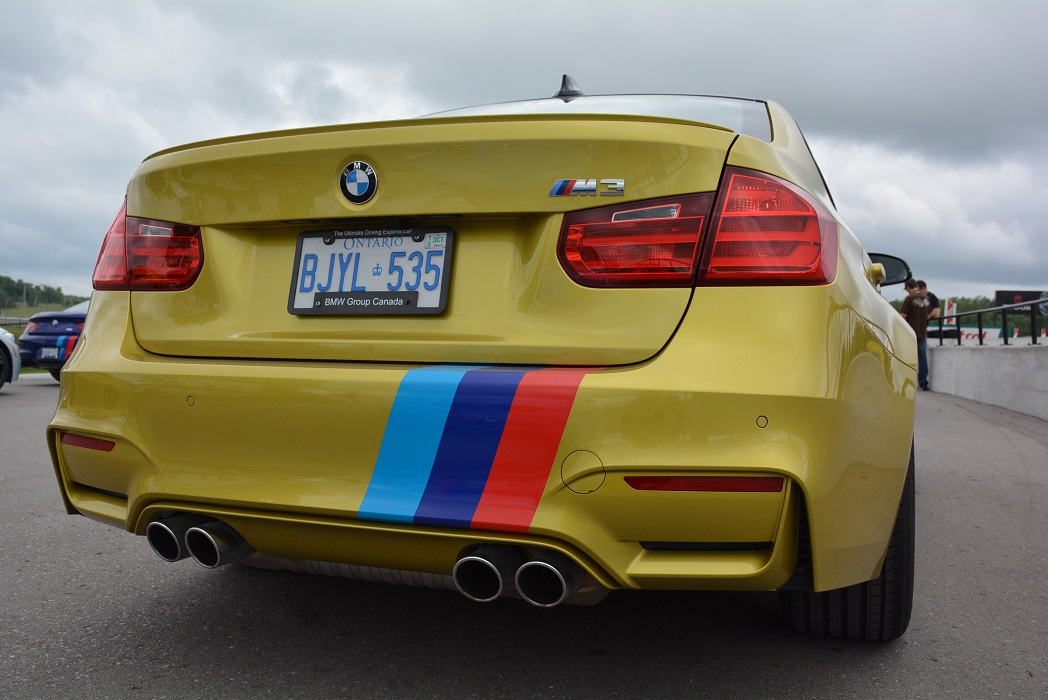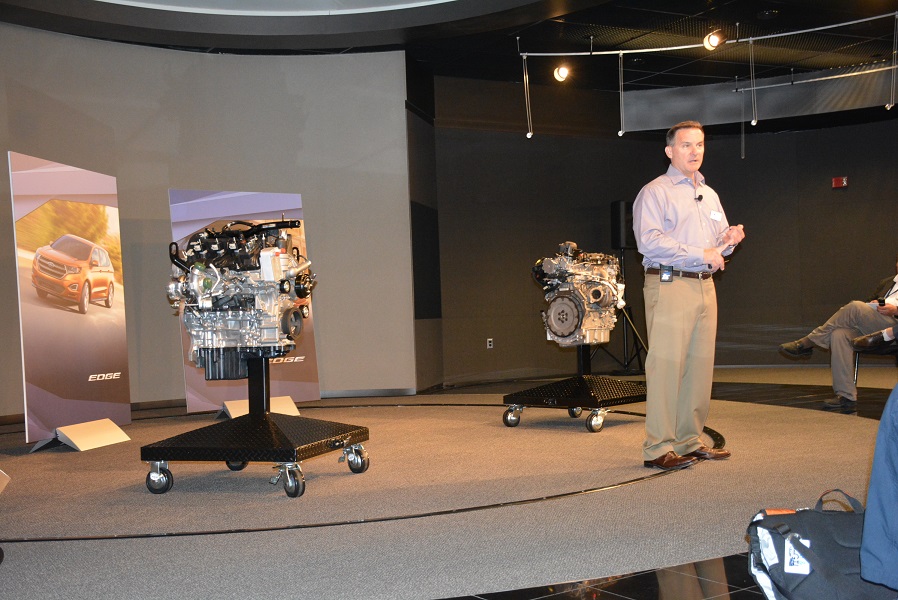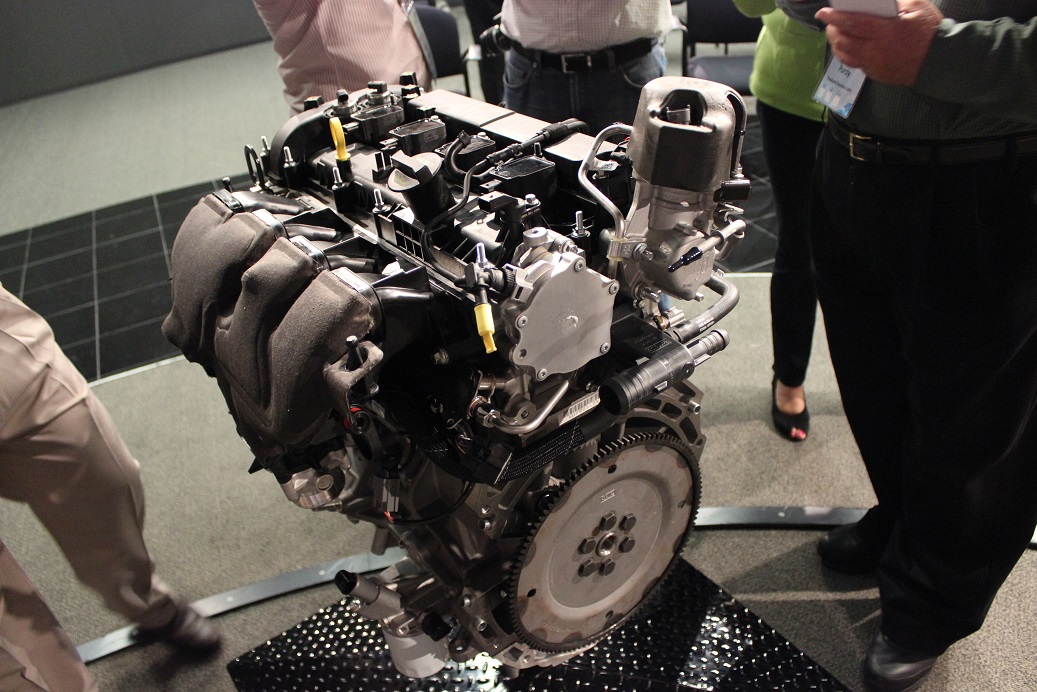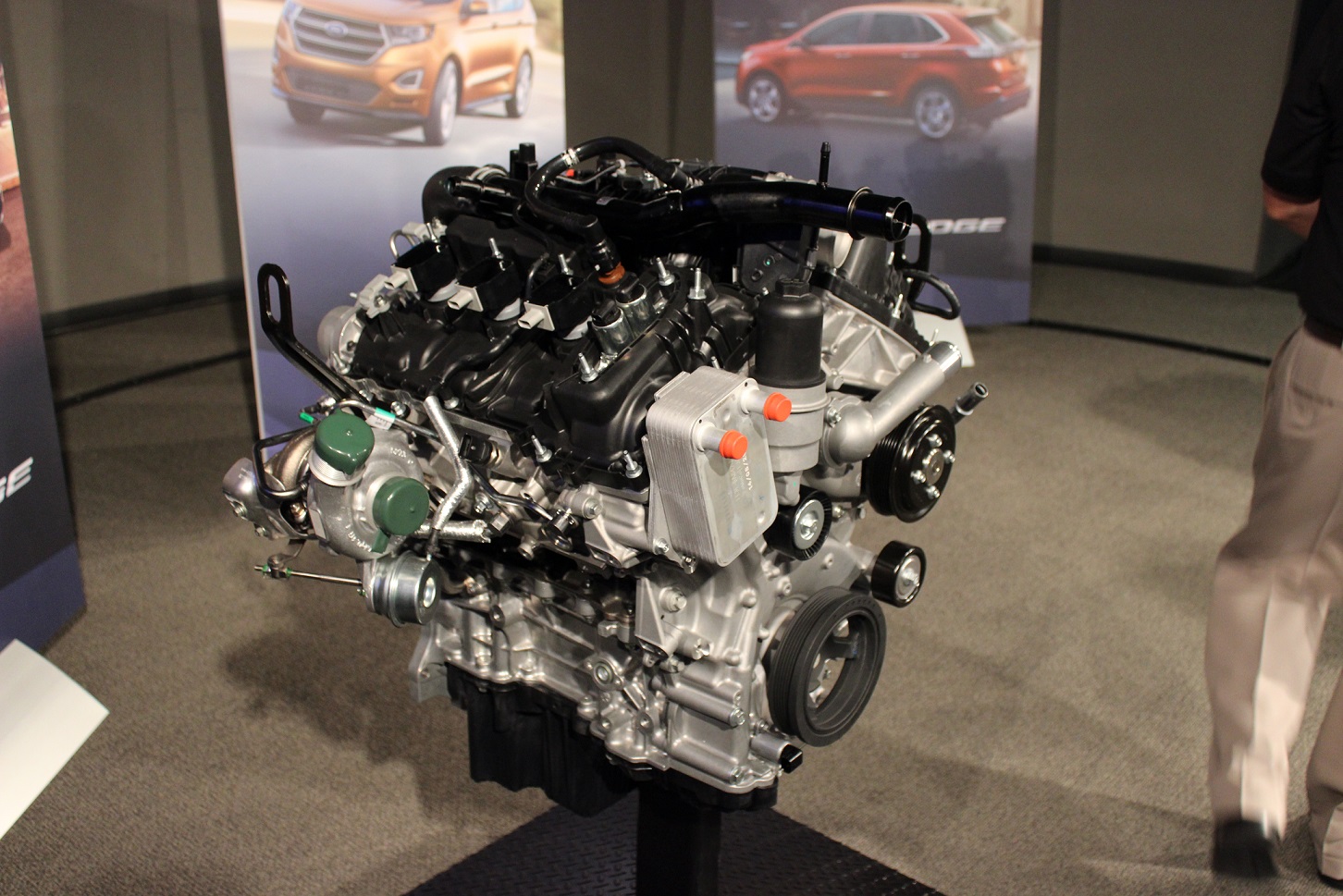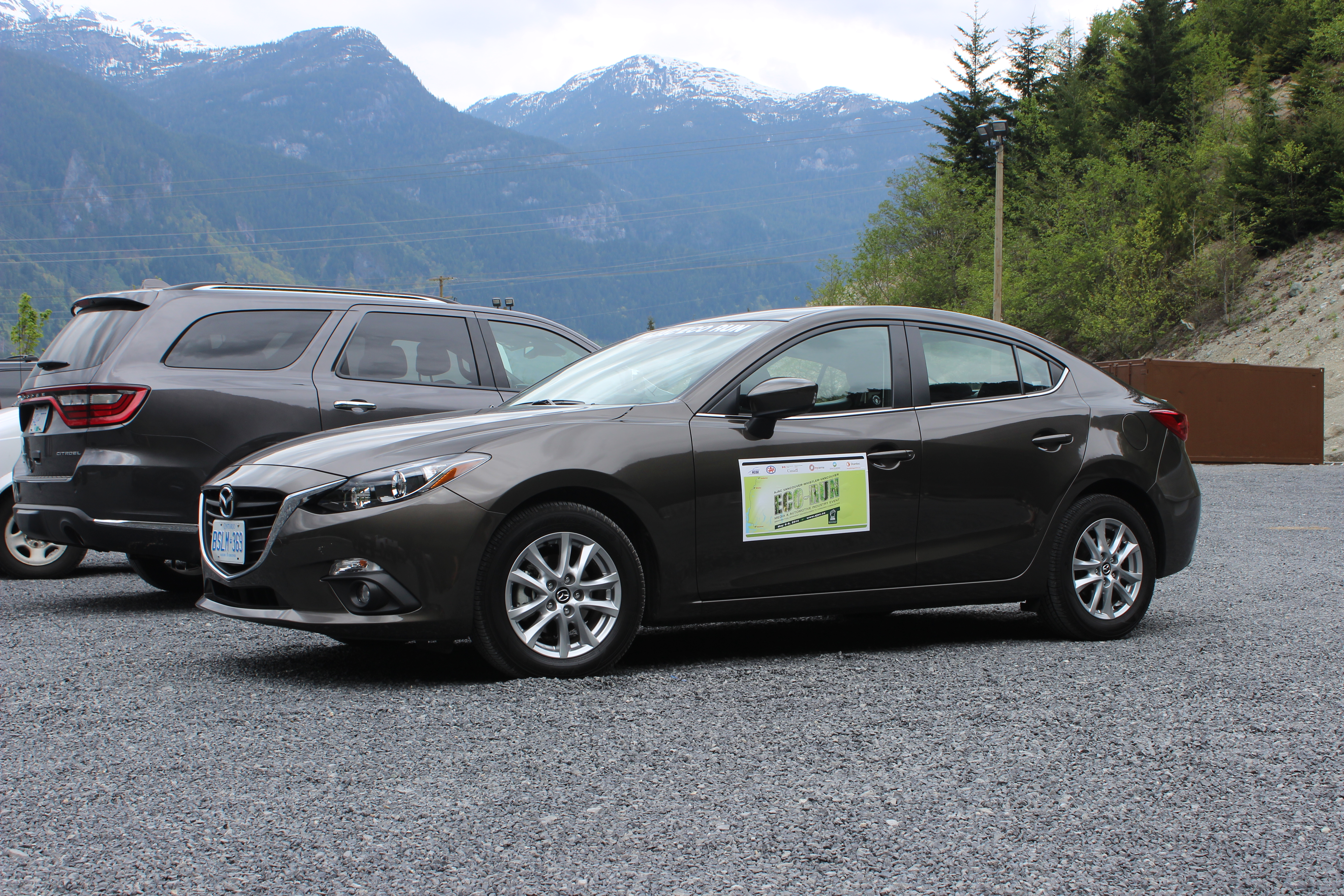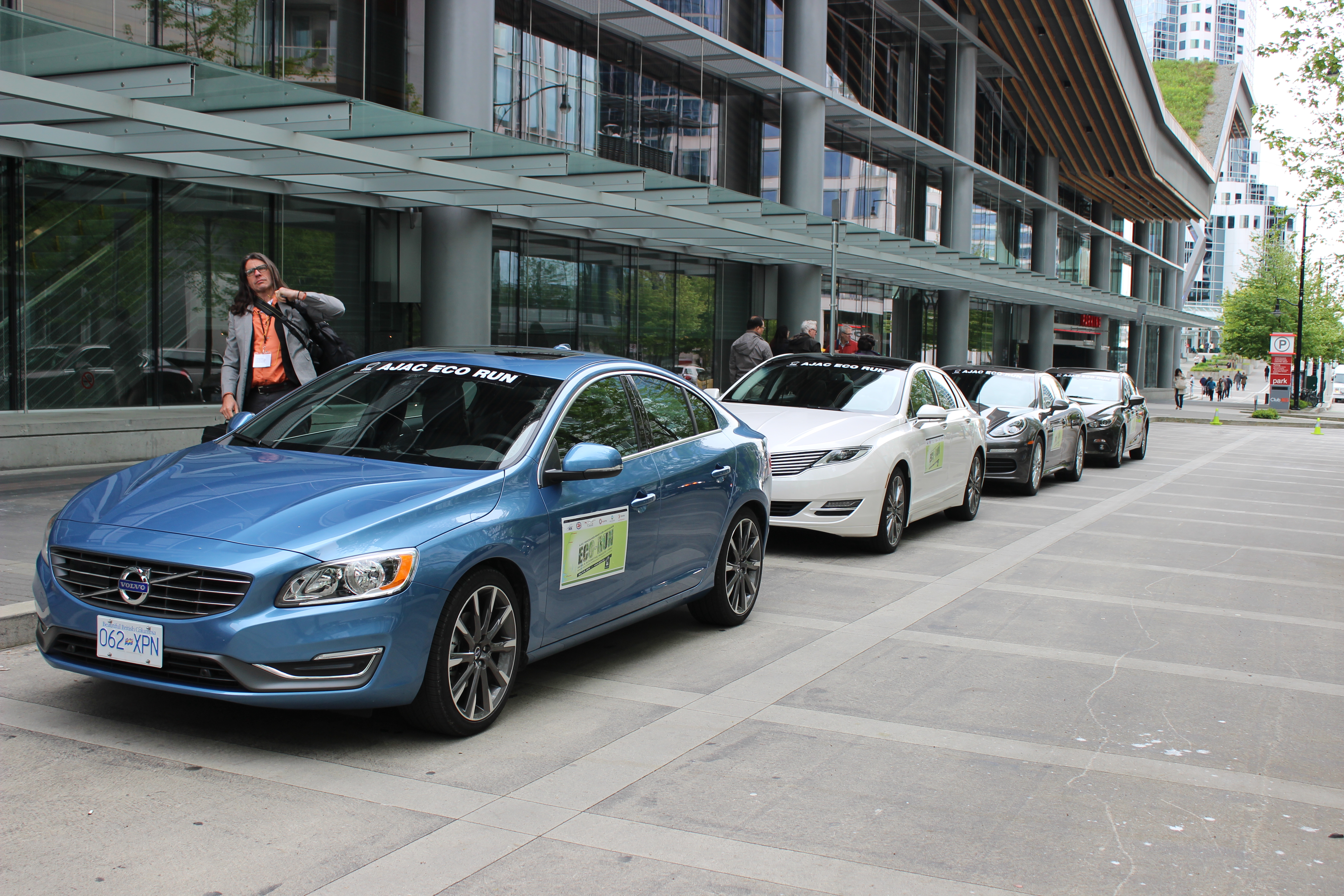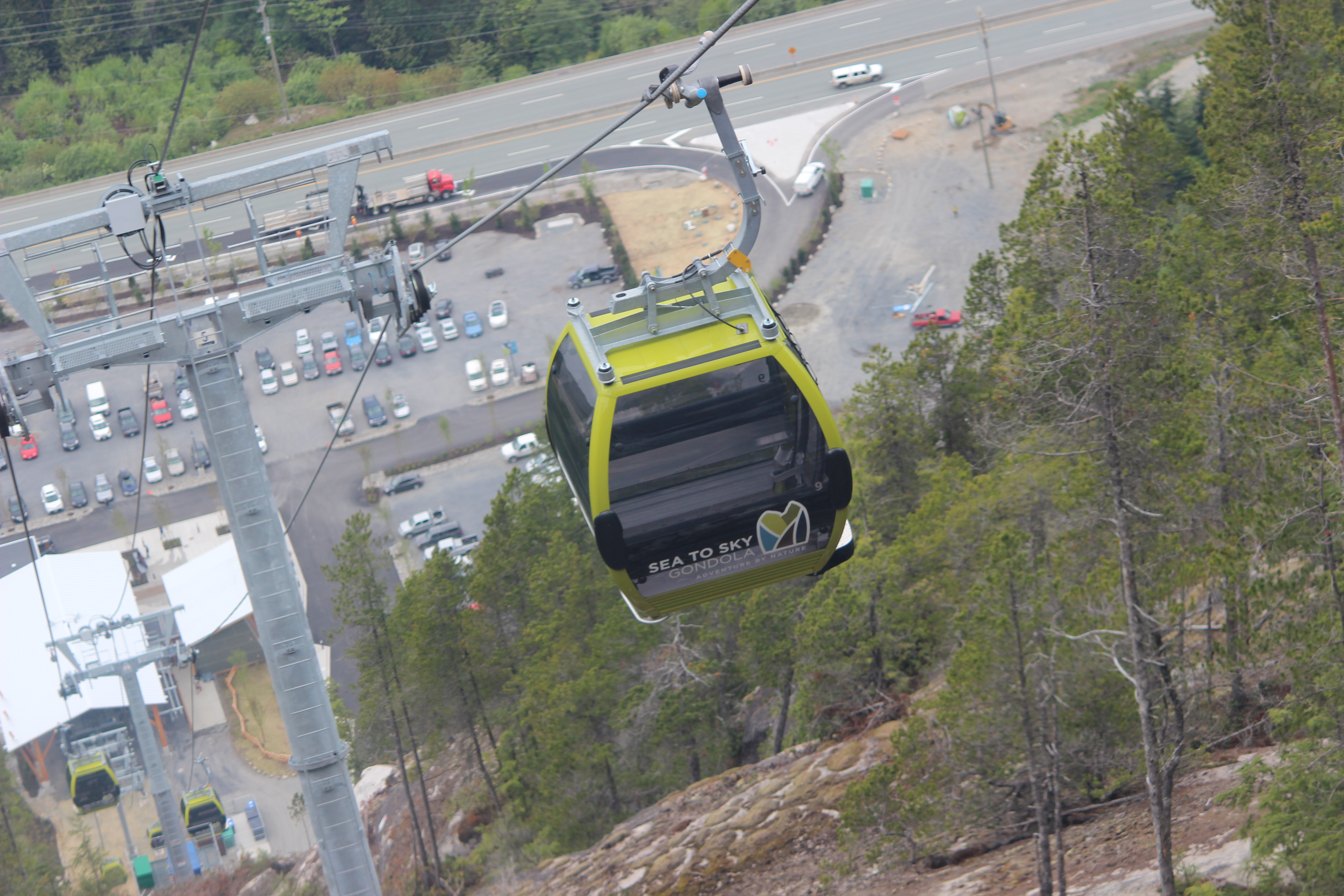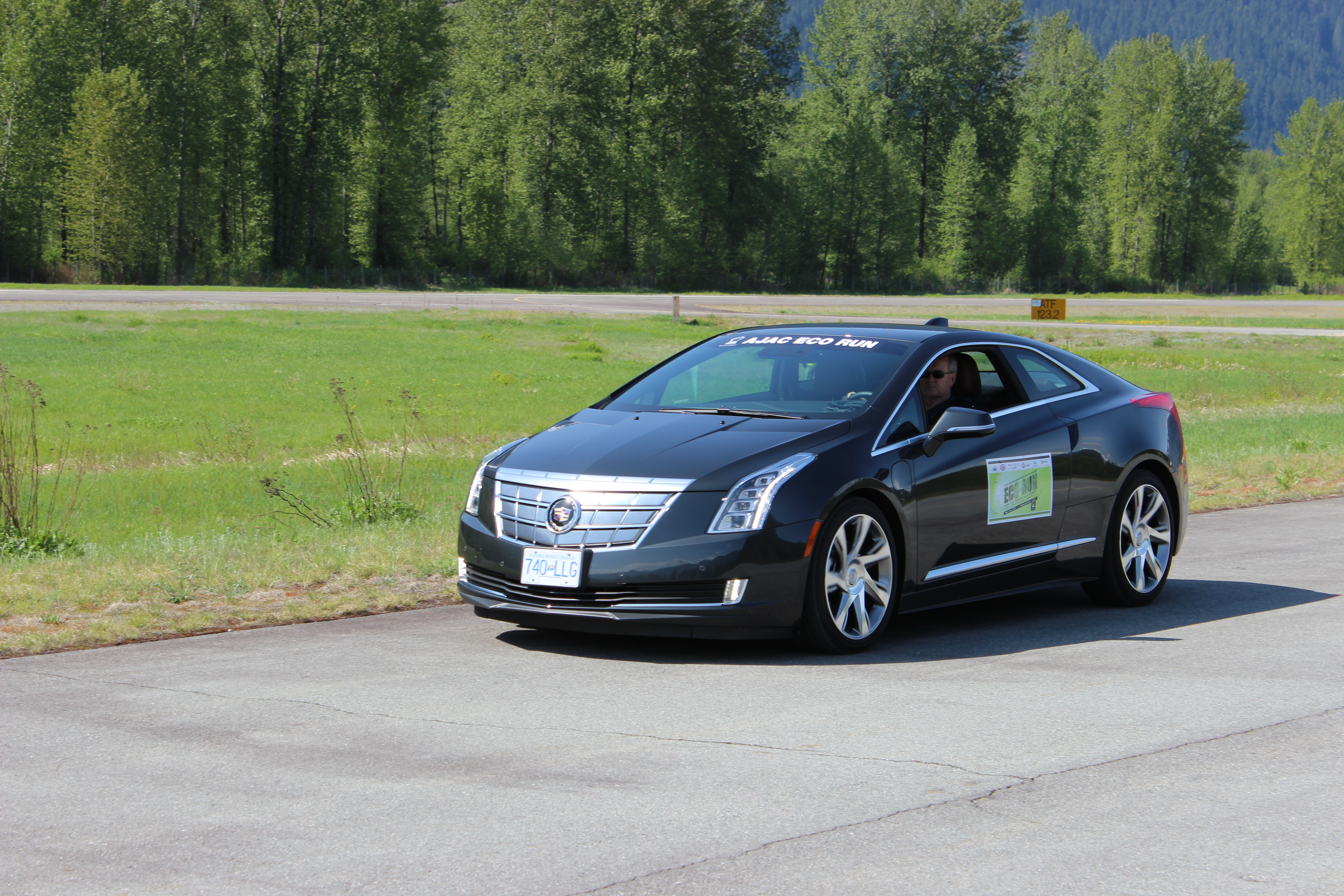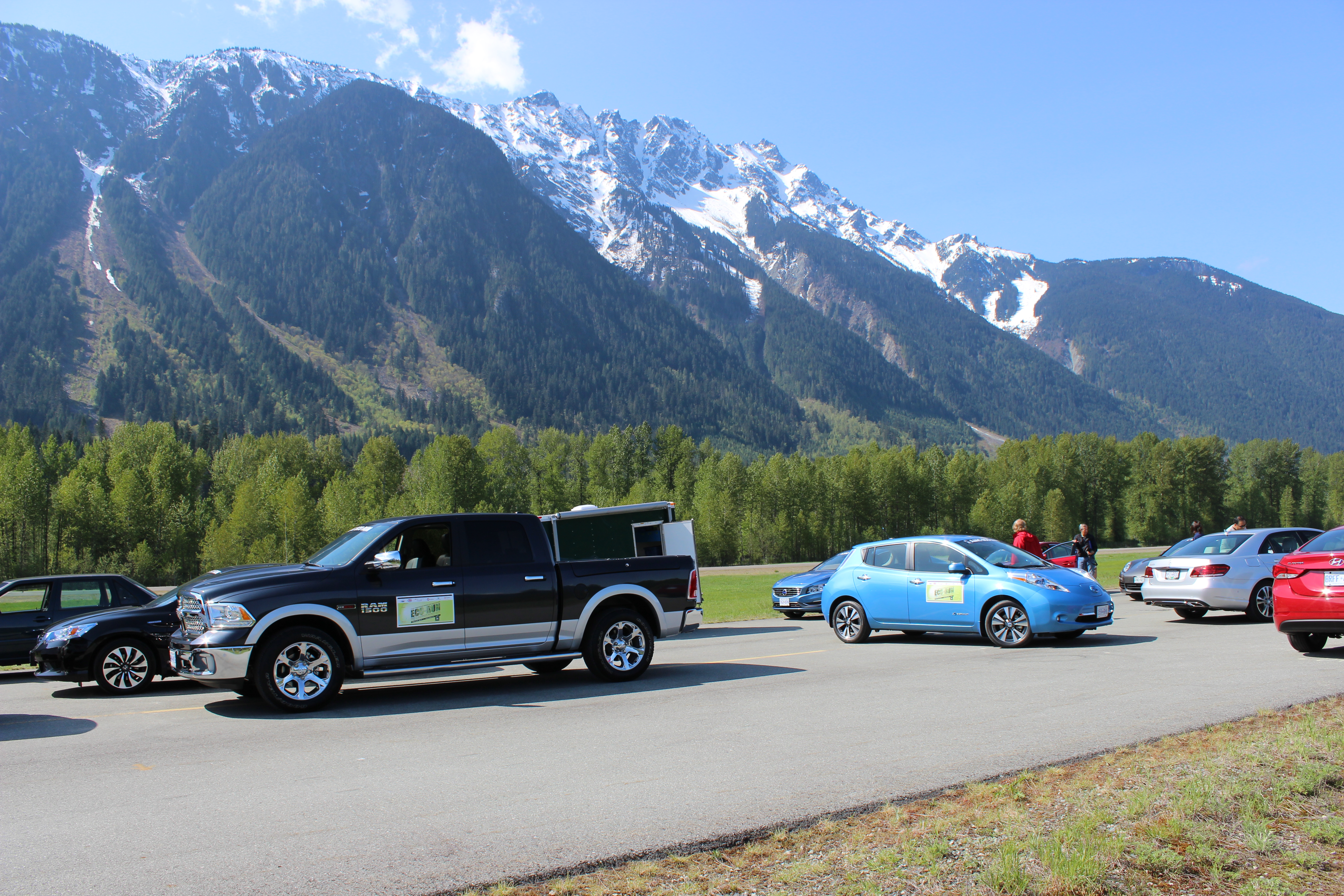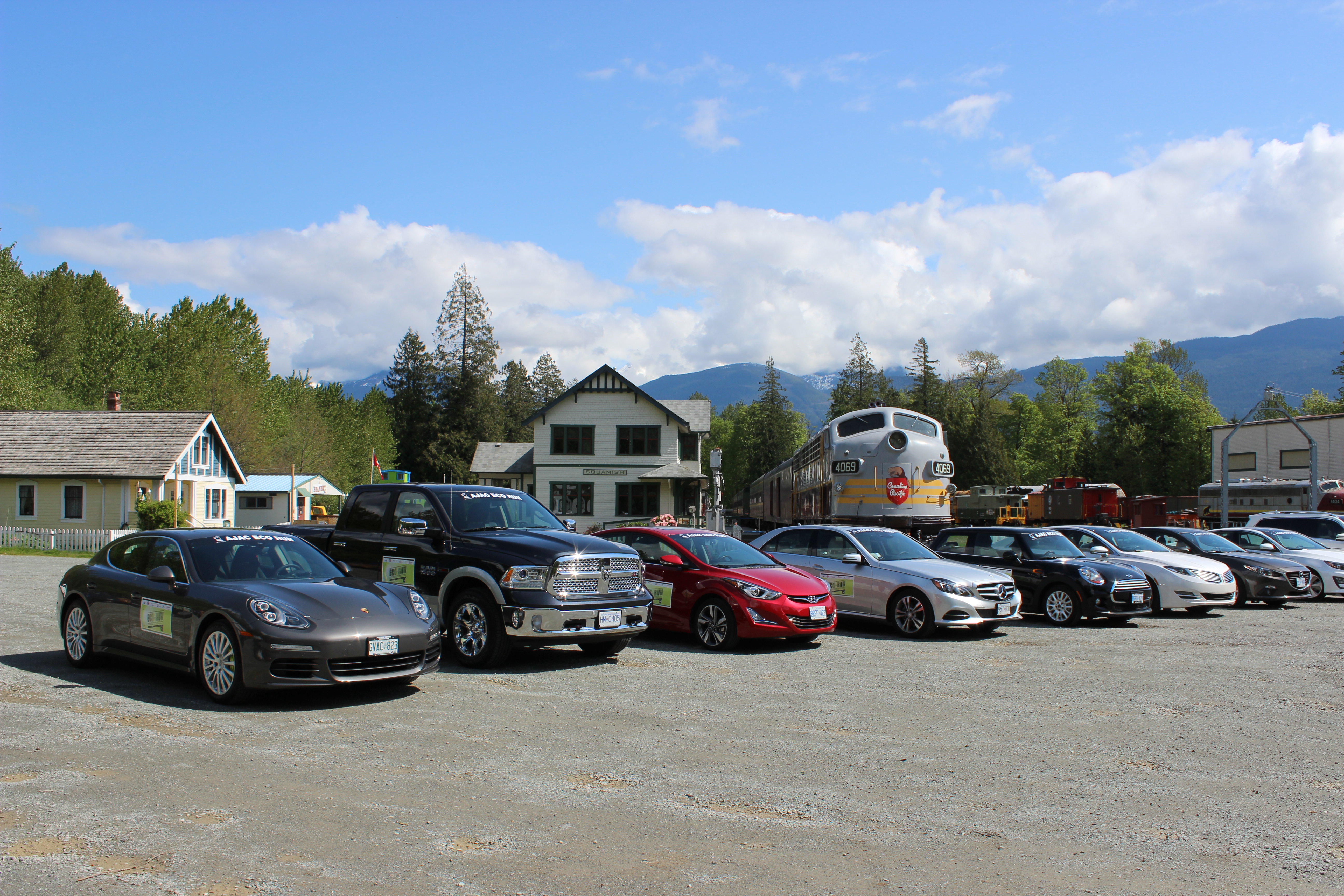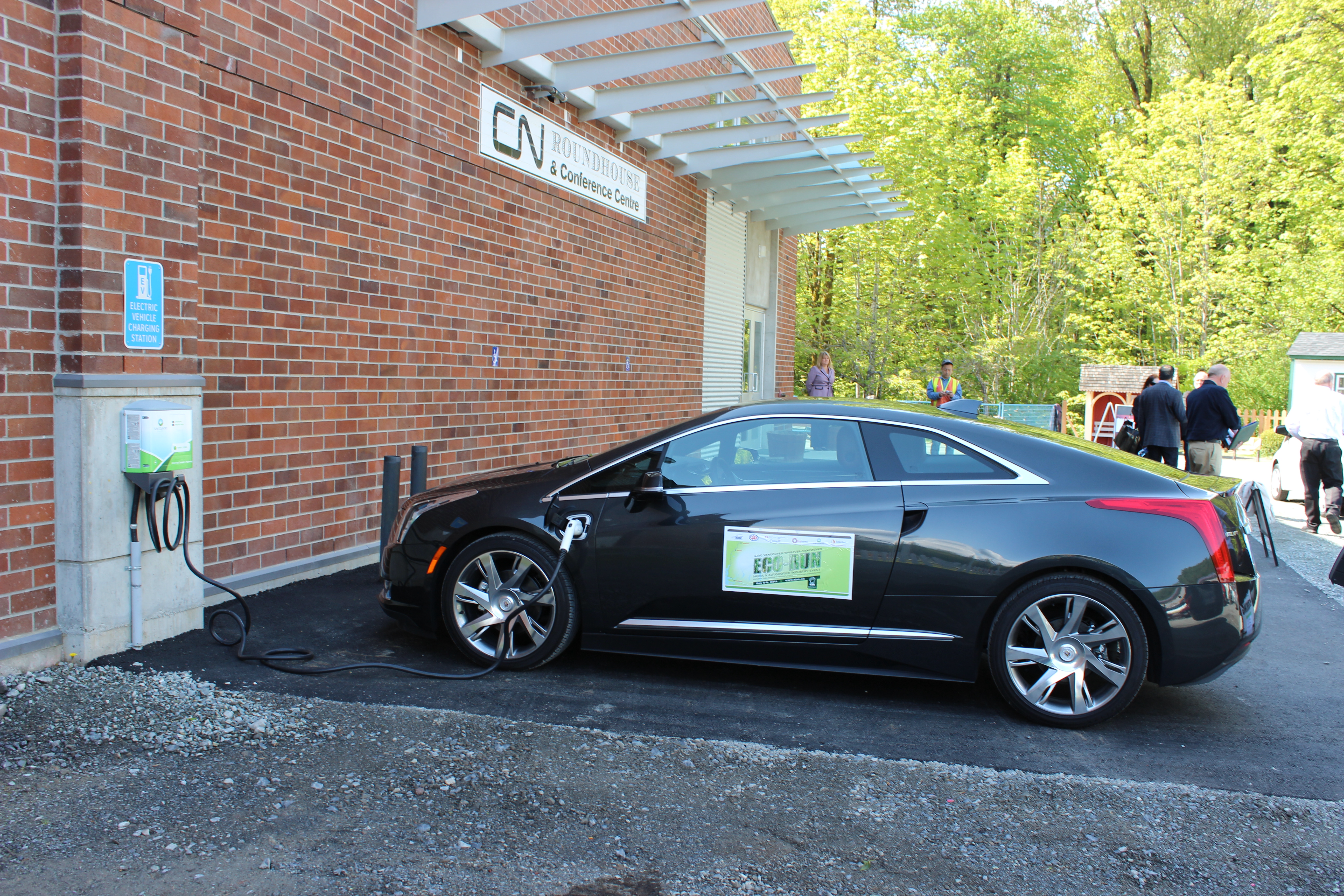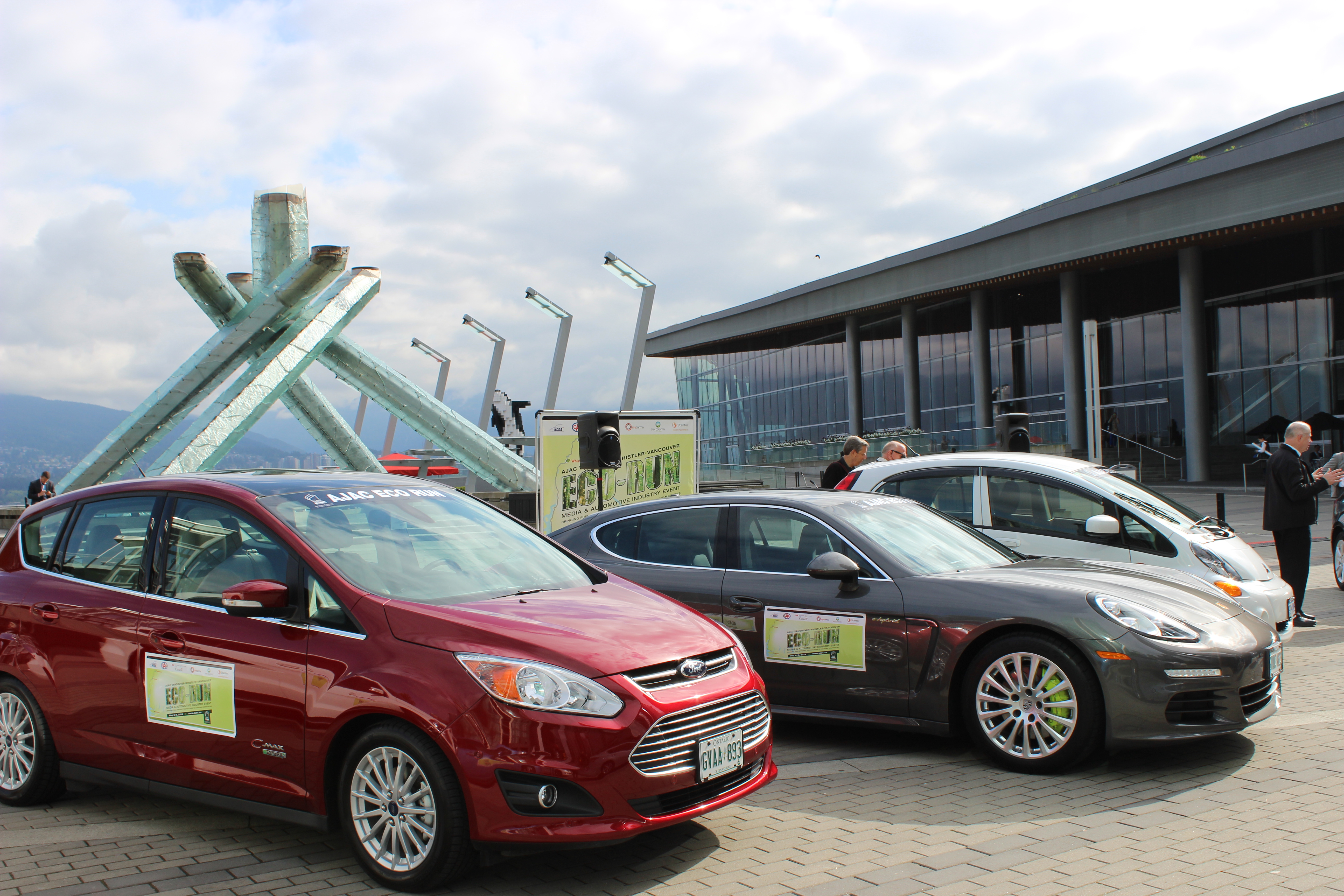Another year, another AJAC TestFest
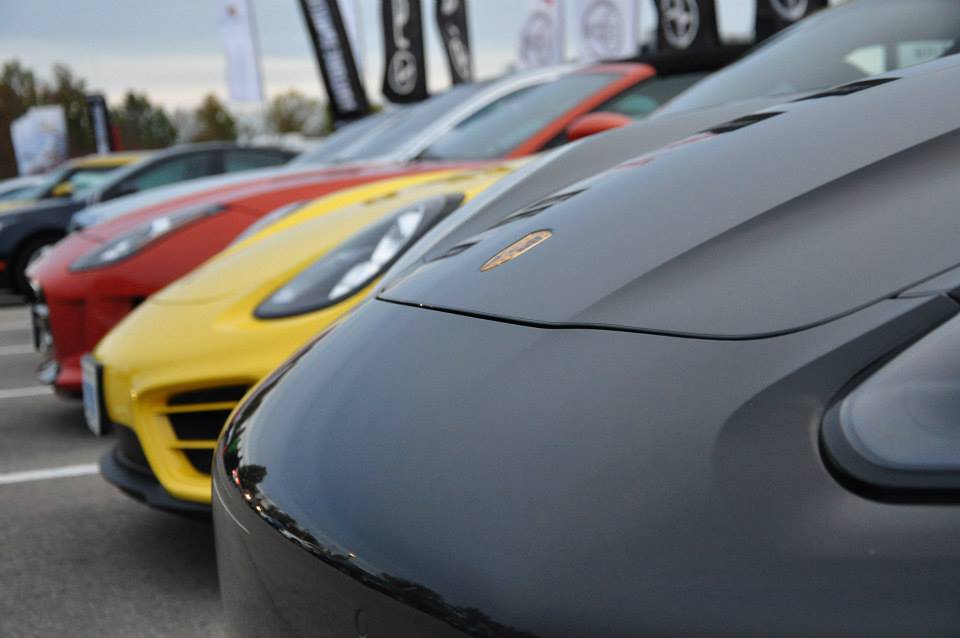
I'm sure you've heard or read the words AJAC Car of the Year or AJAC award winner in various vehicle commercials or advertisements. Those awards come out of an event called 'TestFest' hosted by the Automobile Journalists Association of Canada (AJAC). There are various other awards handed out by other publication and associations, but the AJAC name carries a lot of weight and is arguably the most recognized automotive award in Canada.
On October 20th, TestFest once again begins, as 71 journalists start arriving at Niagara Falls, Ontario for four days of testing and scoring only those vehicles that are new to the market. There are 15 categories and 49 vehicles in total ranging from city car to pick-up trucks and once the scoring is complete – one winner will come out of each category and compete under a different scoring system to be named the 2015 Canadian Car of the Year and the 2015 Canadian Utility Vehicle of the Year. 2015 marks the 31st year that AJAC has given out these prestigious awards.
As always the evaluations are based on “real-world” back-to-back tests using the same exact drive route to provide objective results. That means, if you are to take a vehicle through an off-road course, handling course, or on a gravel road, you have to do it for all the other vehicles in that category.
All of these tests are performed to aid customers in their buying decisions from credible and unbiased professionals. If consumers wish to find out specific results on performance or vehicle dynamics, they can go to ajac.ca to see the scoring breakdown. Once all of the scoring is complete, the ballots are tabulated by the international accounting firm KPMG.
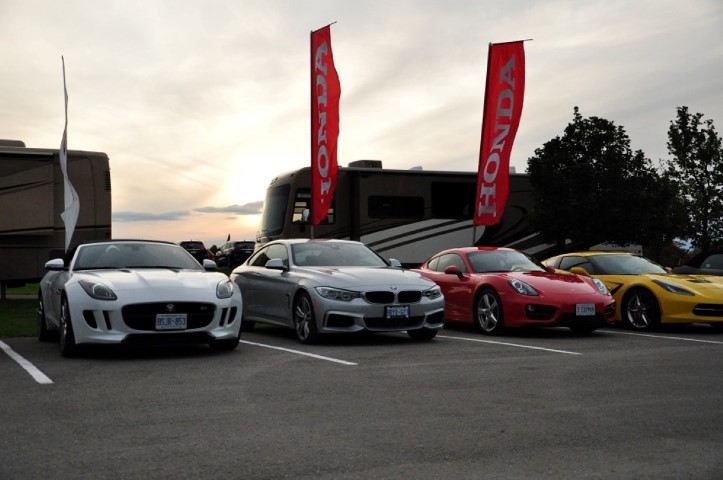
At last year's event, it was Mazda that stole the show in one of the closest scoring gaps in the history of AJAC's Car of the Year award. The Mazda6 took top honours by squeezing out a one-point victory over the Chevrolet Corvette Stingray, while the Mazda3 and Mazda3 Sport (it's hatchback version) finished third and fourth respectively, just four and five points behind the winner. I don't know if the drinking water was sprayed with some zoom zoom, but it was quite the year for Mazda. 2015 won't see Mazda in the spotlight, as they have no entries for this year's event.
This year, it's General Motors leading the way with eight entries representing the Cadillac, Chevrolet and GMC brands. They will hope to take home the Prestige Car and Pick-up awards, as they have multiple representatives in each category. Two Cadillacs, the ELR and Escalade are in the Prestige category and will hope to fend off the Mercedes-Benz S 550 Coupe. For the Pickup category, they will have a 50-50 shot with the Chevrolet Colorado and GMC Canyon taking on the Ford F-150 and the Ram 1500.
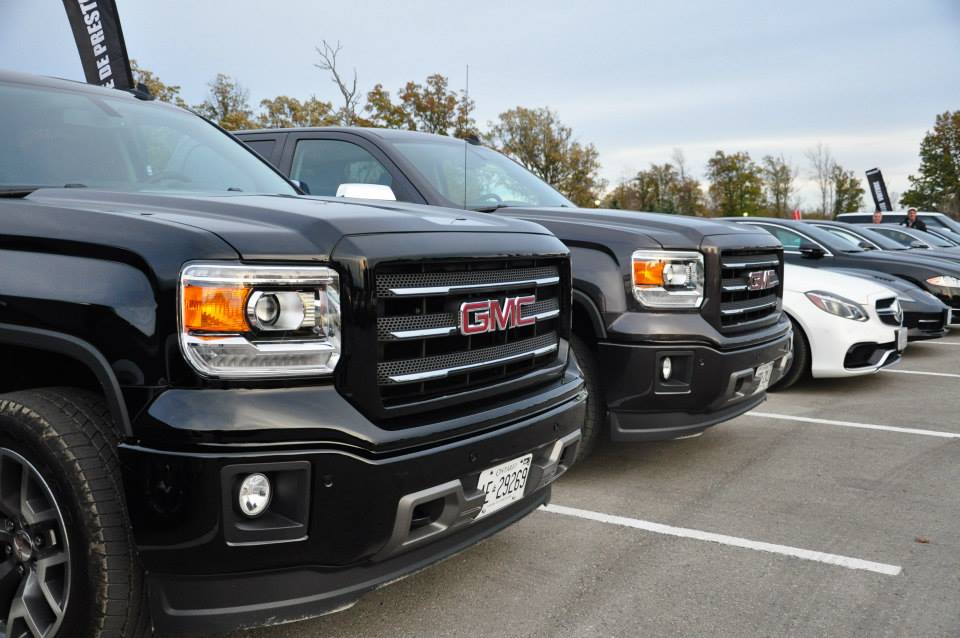
The second most entries come from Mercedes-Benz with five including a Smart entry. They're followed by Kia, Ford/Lincoln, Honda/Acura and Subaru with a total of four apiece.
Outside of the Pickup category, the 'too close to call' match-up might just be the Prestige/Performance car (over $75K) category that sees four heavyweight companies do battle. The entries consist of the BMW M4 Coupe, Chevrolet Corvette Stingray Convertible, Jaguar F-Type R Coupe and the Porsche 911 Turbo S. Jaguar has never won an AJAC award, so perhaps they're due, but if you go with recent results, both the Corvette Stingray and Porsche 911 have taken home awards in the past two years.
Here's a breakdown of all of the 2015 eligible vehicles in their categories for AJAC's 2015 Canadian Car of the Year:
City car: Smart fortwo electric drive, Kia Soul EV
Small car (under $21K): Honda Fit, Nissan Micra
Small car (over $21K): Kia Forte, Mini Cooper, Volkswagen Golf
Family car (under $30K): Chrysler 200, Subaru Legacy, Toyota Camry
Family car (over $30K): Hyundai Sonata, Subaru WRX, Toyota Camry Hybrid
Luxury car (under $50K): Acura TLX, Mercedes-Benz C 300, Volvo V60 Drive-E
Luxury car (over $50K): Acura RLX Sport Hybrid, Cadillac ATS Coupe, Hyundai Genesis, Kia K900
Sports/Performance car (under $50K): BMW M235i, Ford Mustang, Kia Forte Koup, Subaru WRX STI, Volkswagen Golf GTI
Sports/Performance car (over $50K): Dodge Challenger, Ford Mustang, Volvo V60 Polestar
Prestige car (over $75K): Cadillac ELR, Cadillac Escalade, Mercedes-Benz S 550 Coupe
Prestige/Performance car (over $75K): BMW M4 Coupe, Chevrolet Corvette Stingray Convertible, Jaguar F-Type R Coupe, Porsche 911 Turbo S
SUV/CUV (under $35K): Honda CR-V, Nissan Rogue, Subaru Outback
SUV/CUV ($35K-$60K): Chevrolet Tahoe, Toyota Highlander, Lincoln MKC, Mercedes-Benz GLA 250
SUV/CUV (over $60K): GMC Yukon XL Denali, Mercedes-Benz GLA 45 AMG, Porsche Macan S
Pickup: Chevrolet Colorado, GMC Canyon, Ford F-150, Ram 1500
- 0
- Published in Auto Events
- Written by David Miller


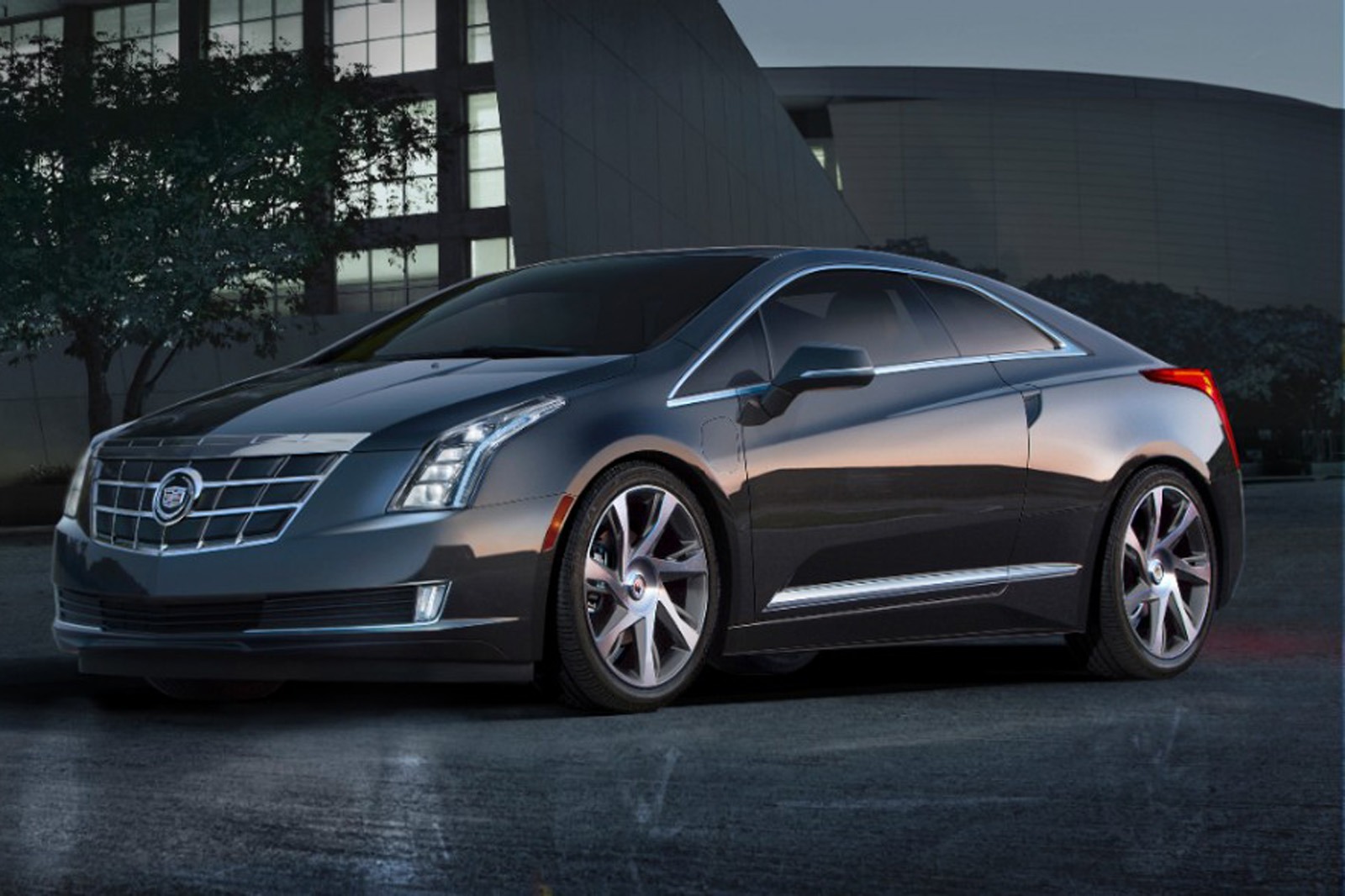 According to Edumunds, Cadillac is making some quick adjustments to their
According to Edumunds, Cadillac is making some quick adjustments to their 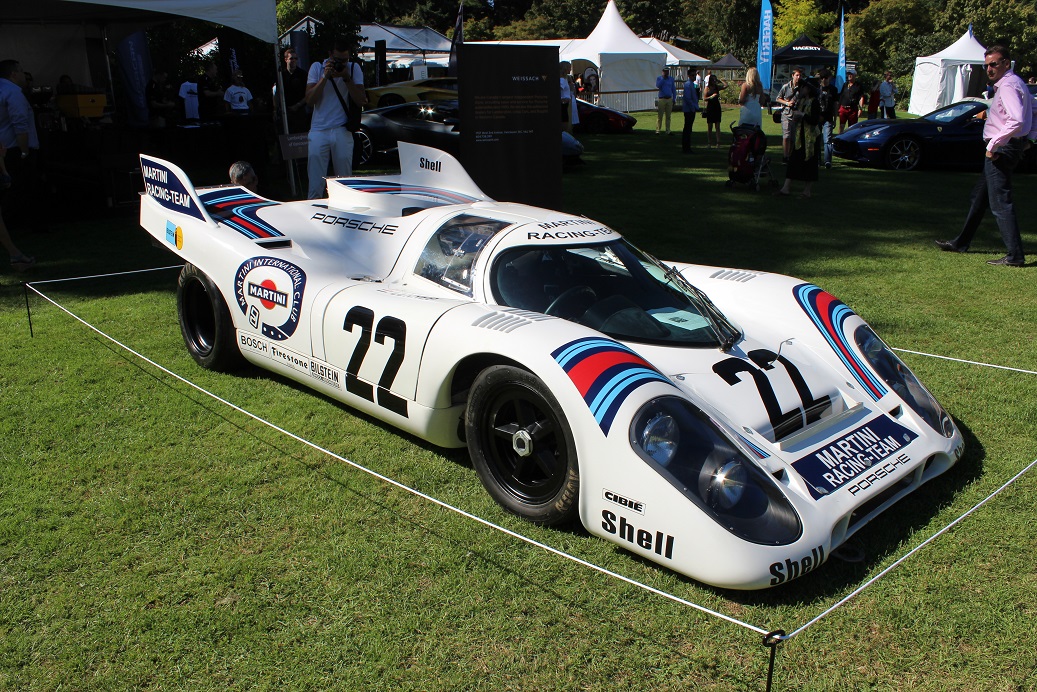
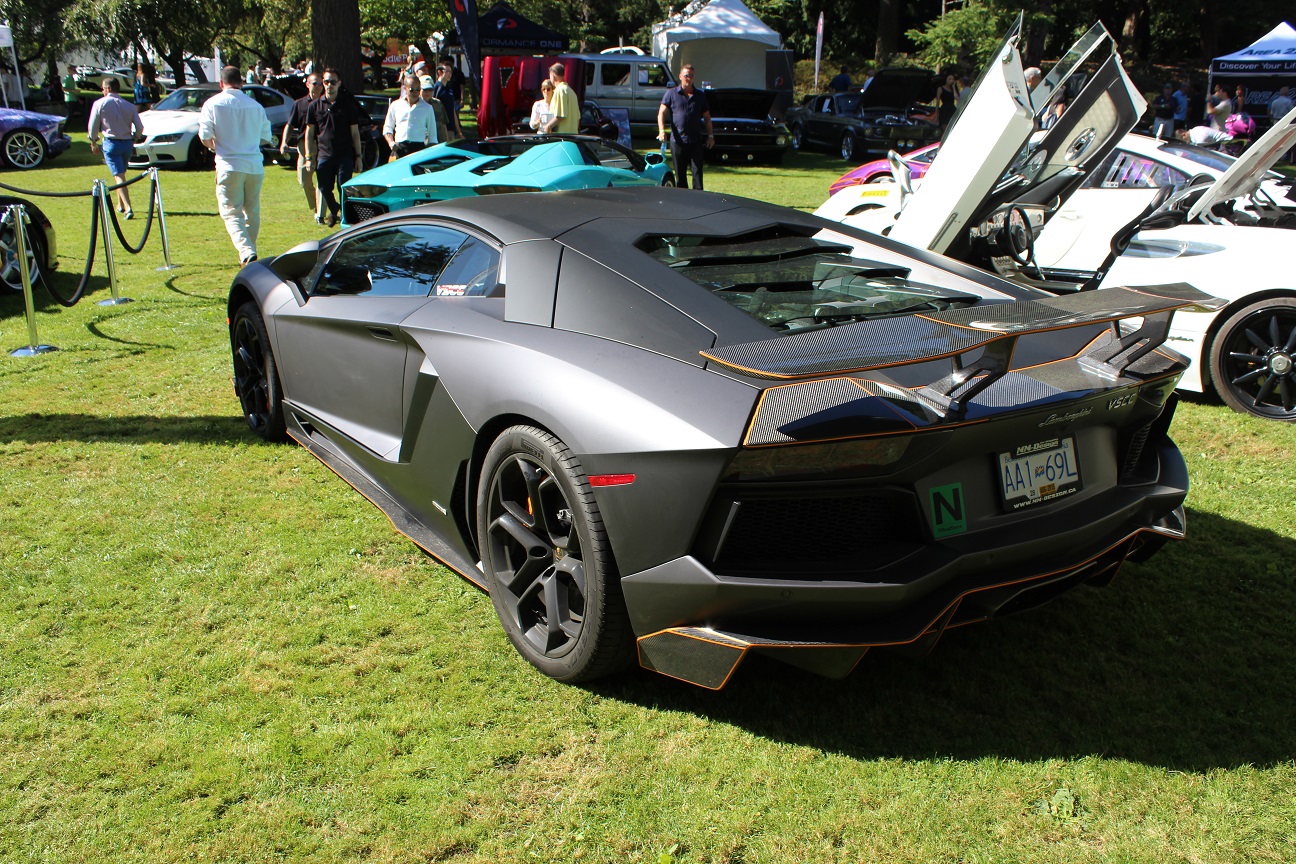 How about a Porsche 917K Le Mans racer, circa 1971? In classic Martini livery, to boot?
How about a Porsche 917K Le Mans racer, circa 1971? In classic Martini livery, to boot?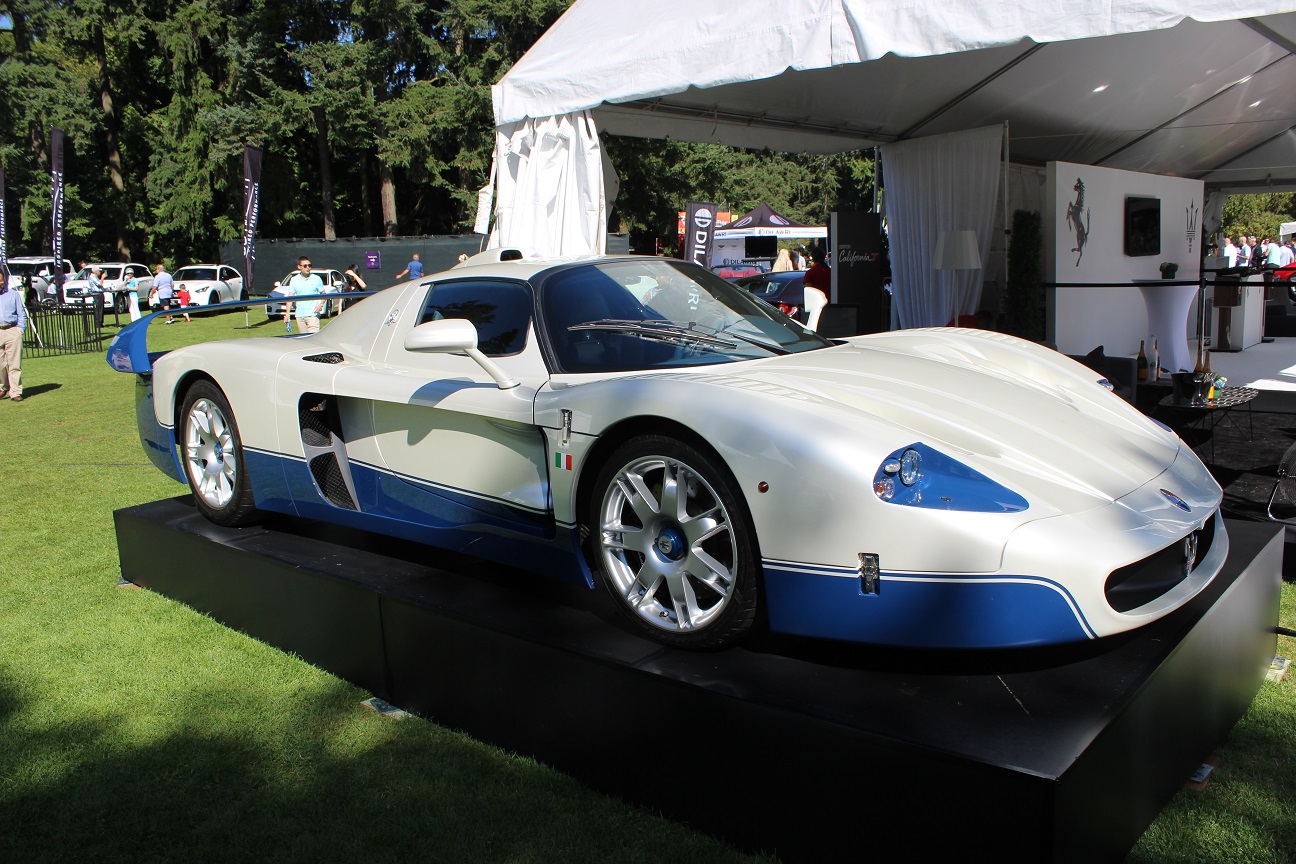 Even a replica of the 1967 Shelby GT500 from 2000’s Gone in 60 Seconds, a car that’s been done many, many times managed to stand out amongst all the plastic (carbon-fibre…whatever), chrome-wrapped Mercedes-Benz SLS and Lamborghini Aventador models of the day.
Even a replica of the 1967 Shelby GT500 from 2000’s Gone in 60 Seconds, a car that’s been done many, many times managed to stand out amongst all the plastic (carbon-fibre…whatever), chrome-wrapped Mercedes-Benz SLS and Lamborghini Aventador models of the day.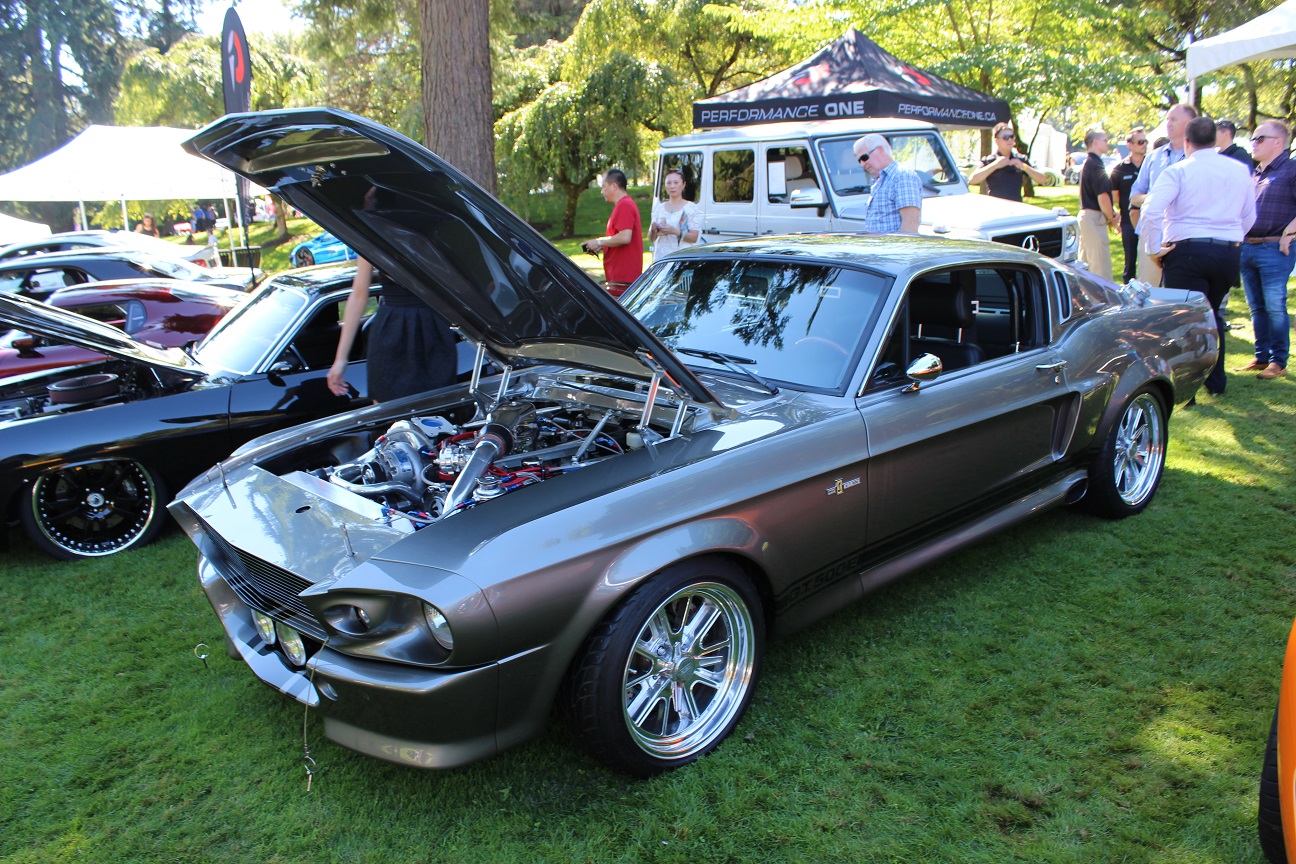
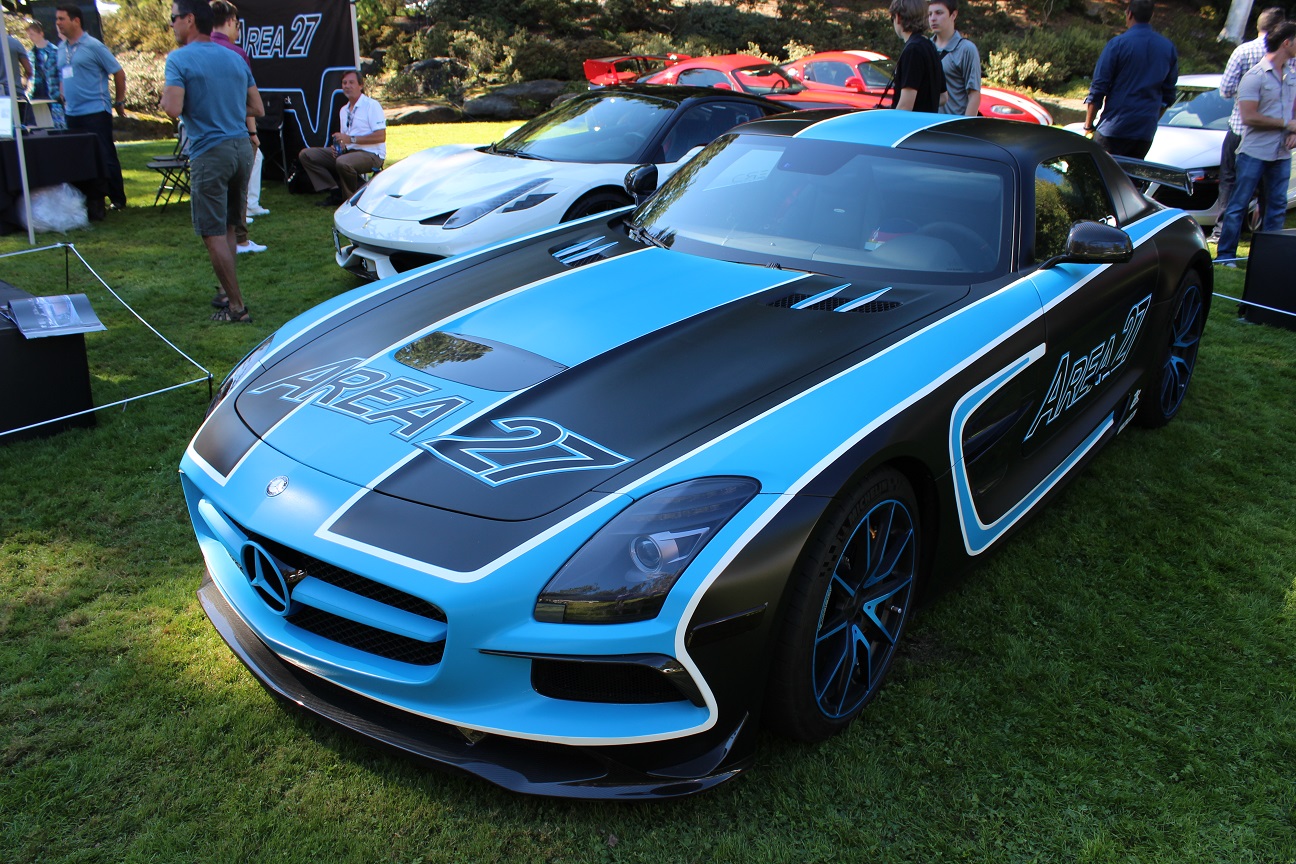
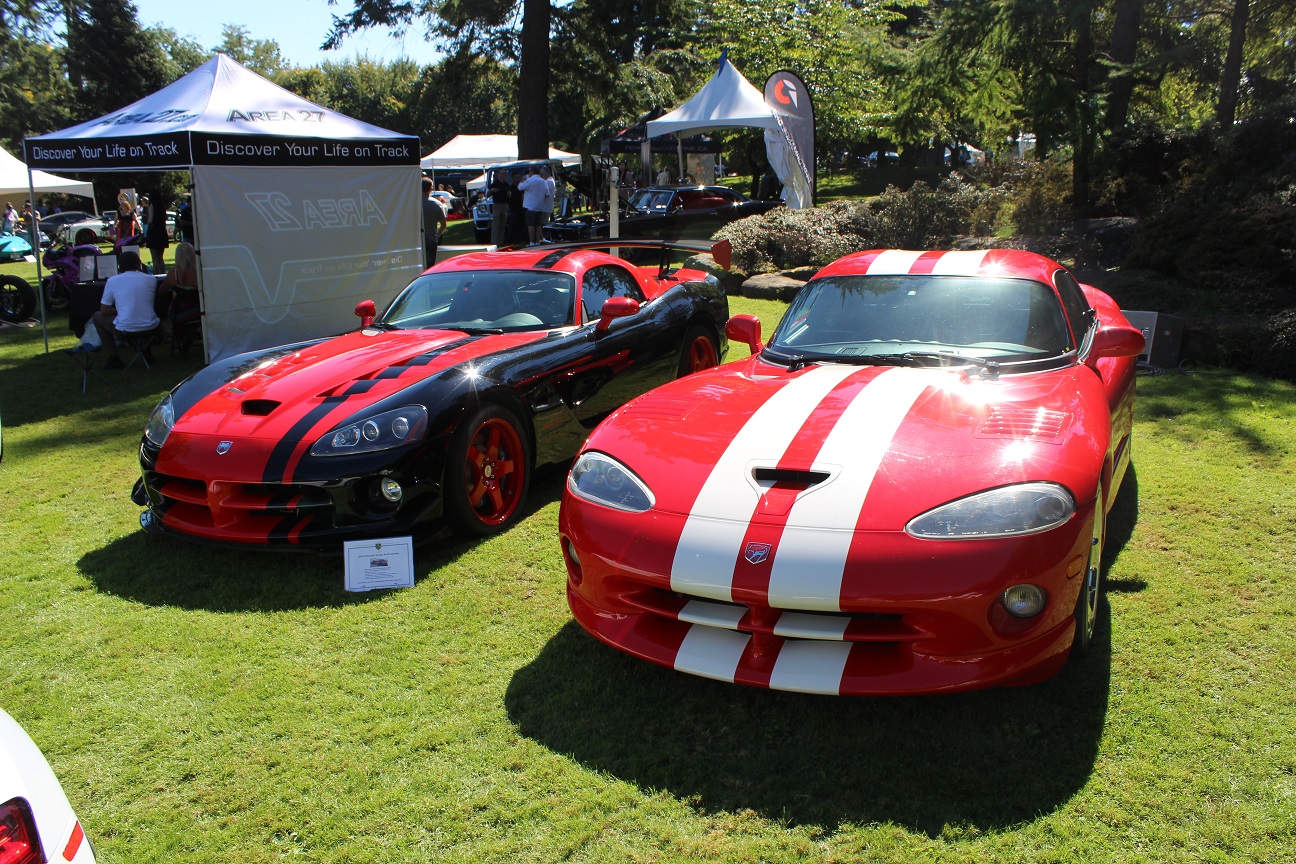
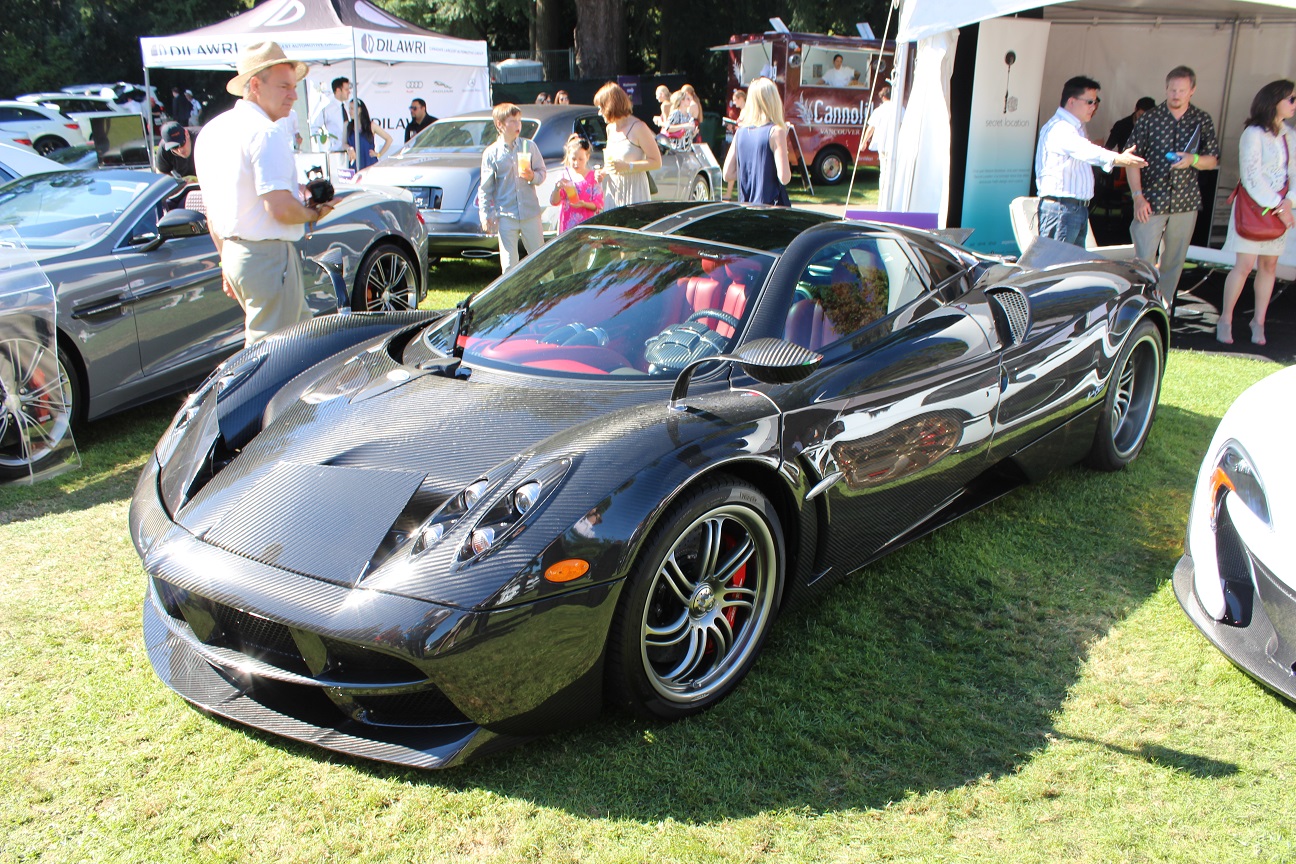
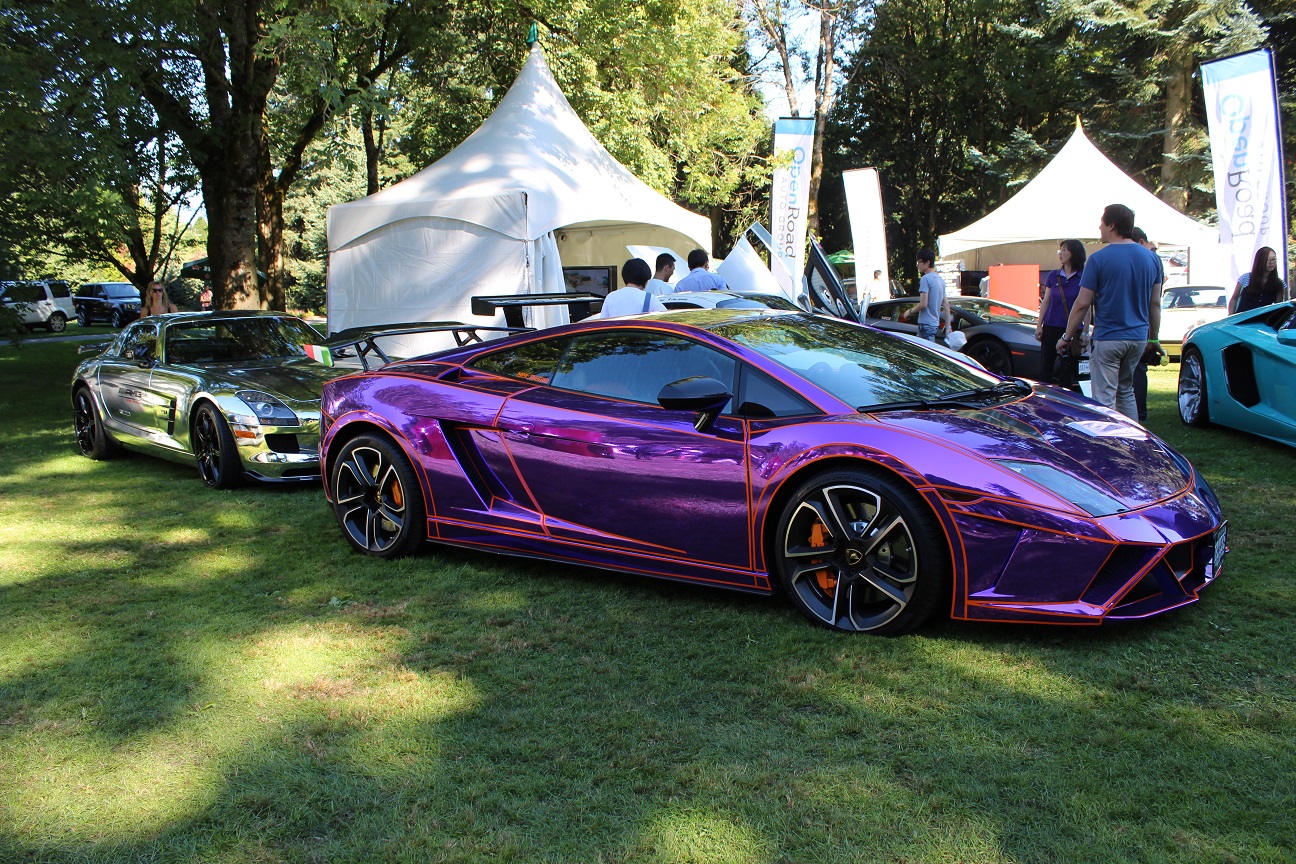
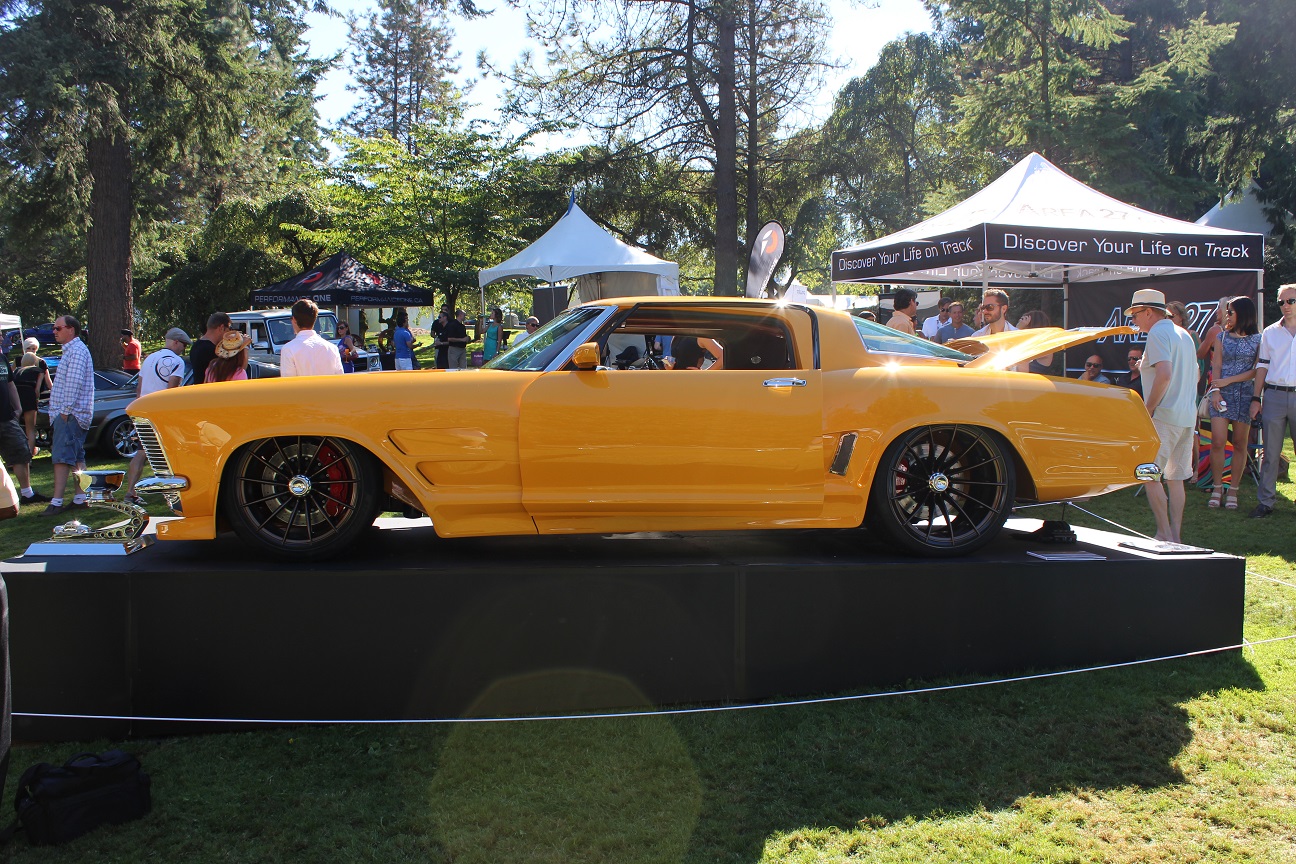
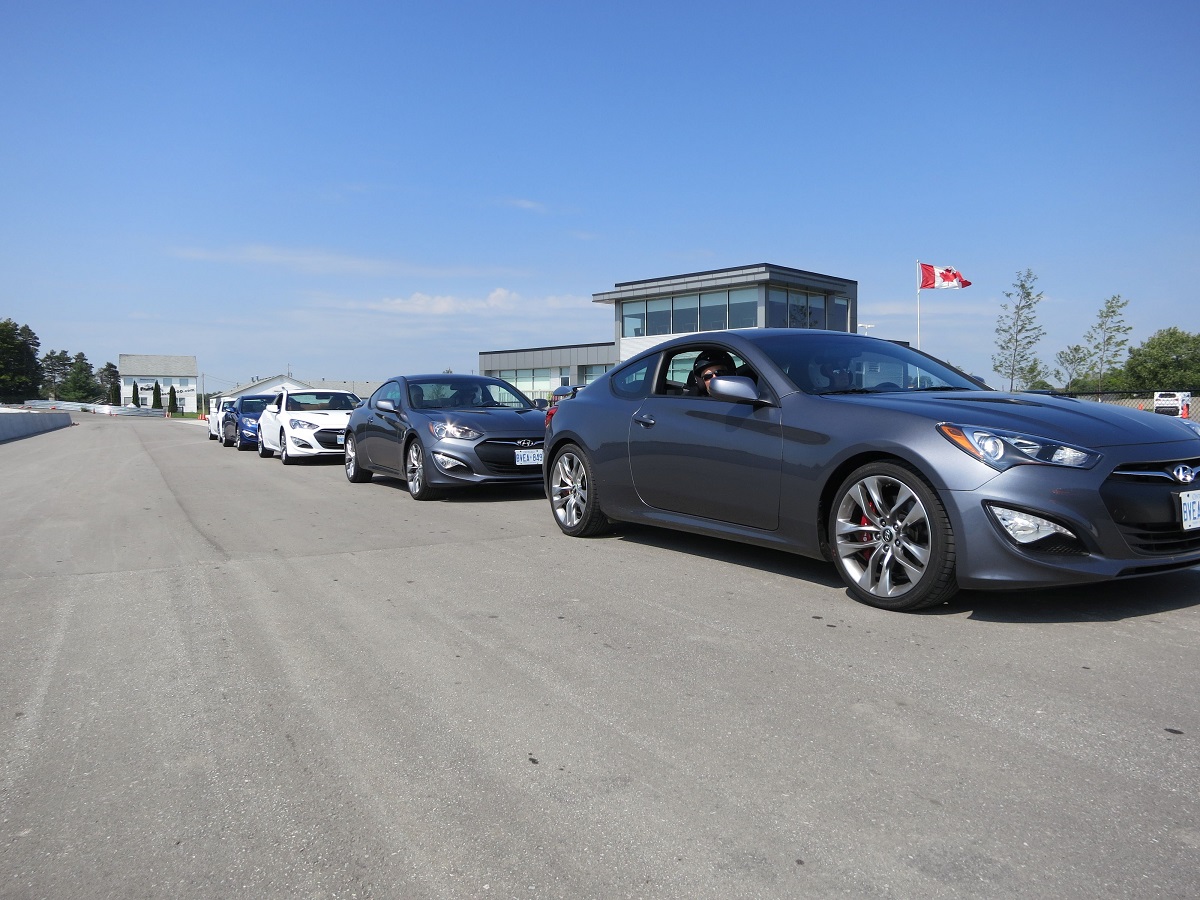 During the course of any given day, an auto writer receives all manner of emails in their inbox from manufacturers, PR flacks and just about anyone somehow connected to the automotive industry.
During the course of any given day, an auto writer receives all manner of emails in their inbox from manufacturers, PR flacks and just about anyone somehow connected to the automotive industry.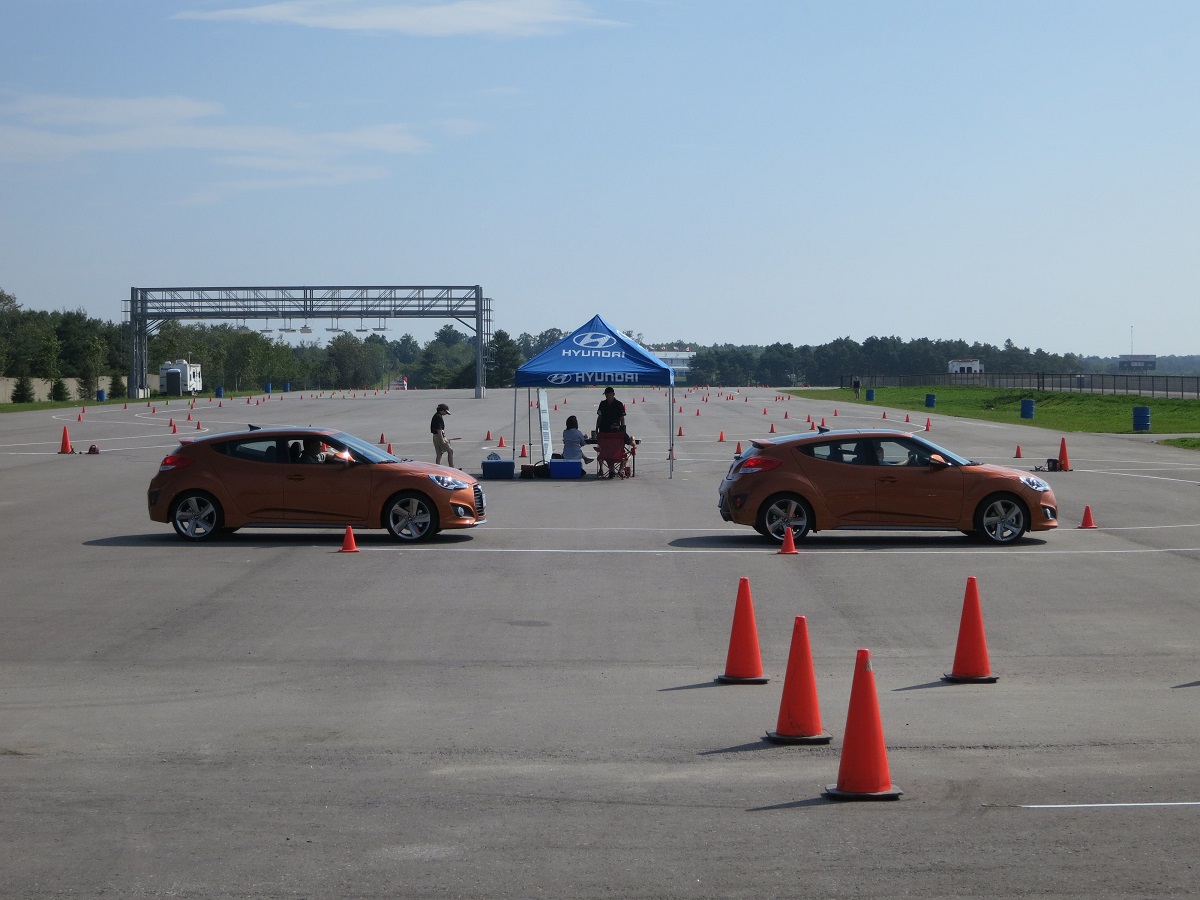 In no particular order, there was a challenging autocross course, monitored with sophisticated timing equipment. The vehicles for this endeavour? The Veloster Turbo with a six-speed manual transmission. Red line excitement in a $26K and change speedster – at least, that’s how it seemed on track. Needless to say, I did not shatter any time barriers that day – only personal illusions as on my best run, I “only” clipped two cones – worth an additional 2 seconds each!
In no particular order, there was a challenging autocross course, monitored with sophisticated timing equipment. The vehicles for this endeavour? The Veloster Turbo with a six-speed manual transmission. Red line excitement in a $26K and change speedster – at least, that’s how it seemed on track. Needless to say, I did not shatter any time barriers that day – only personal illusions as on my best run, I “only” clipped two cones – worth an additional 2 seconds each!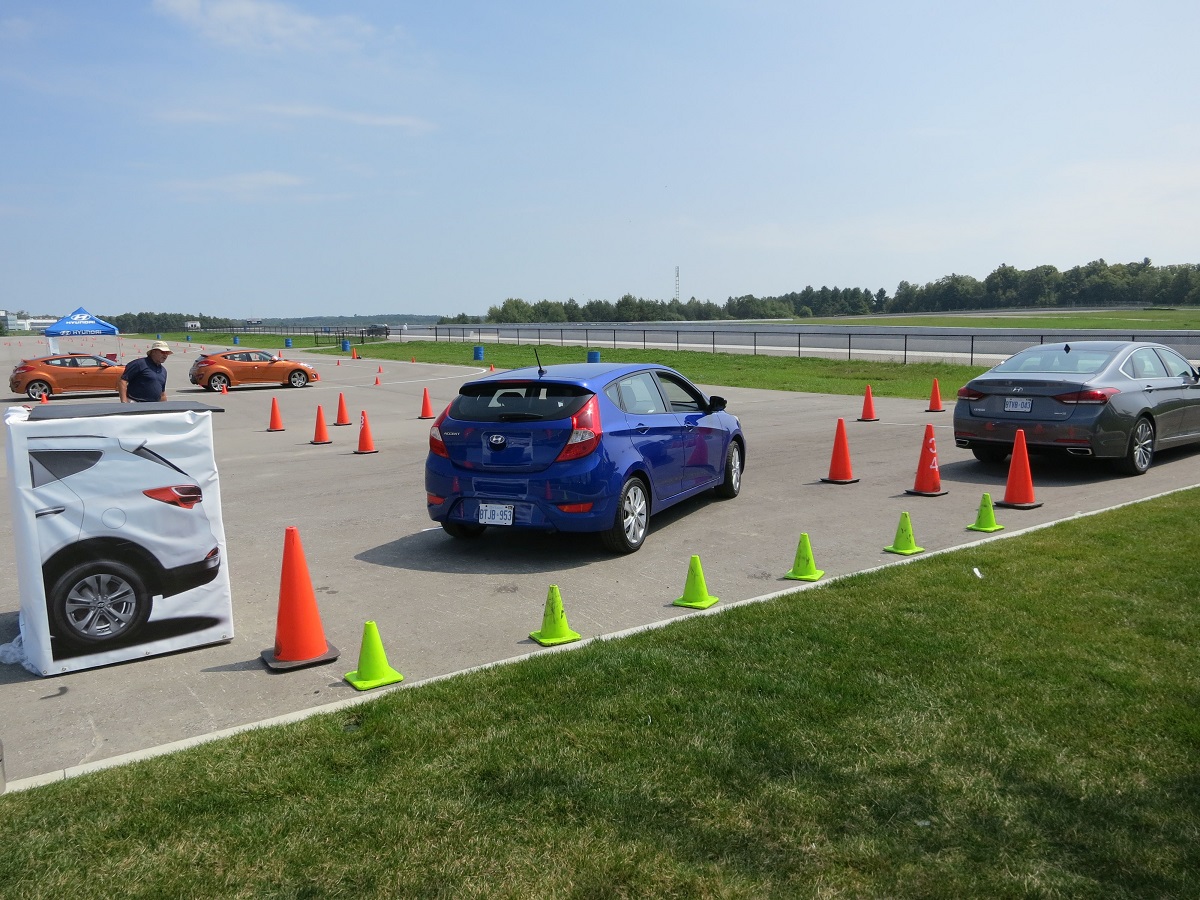 For those into reality TV, there was a mini-Amazing Race-type contest – a scavenger hunt driving an Elantra Ltd Tech – with automatic transmission.
For those into reality TV, there was a mini-Amazing Race-type contest – a scavenger hunt driving an Elantra Ltd Tech – with automatic transmission.